If there’s one thing you should know about me, it’s that I love to bake. I’m sure you can agree that nothing beats the smell of freshly-baked cookies or banana bread straight from the oven. When I’m not falling asleep on my desk at 2 in the morning, there’s a 95% chance I’m playing around with some sort of flour or sugar in my dorm kitchen. But, as you probably feel too, its upsetting to see the large amounts of butter, sugar and other processed ingredients that so many recipes call for. There’s no doubt that baking is challenging to fit into a healthy lifestyle, but there’s also no doubt it’s something hard to give up. That’s why I’ve started to find simple ways of making healthier versions of my favorite desserts and am sharing my ideas with you. Here are just a few tips I’ve learned that work in virtually any baking recipe.
1. Switch Up the Flour
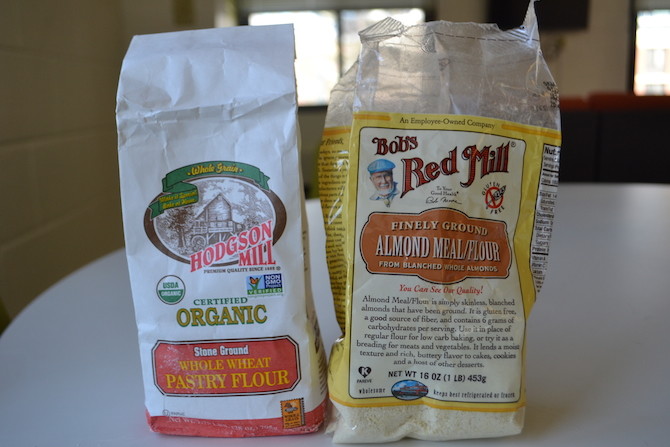
Photo by Ella Rubin
Invest in some whole wheat flour. You can substitute it for either part or all of the all-purpose flour in a recipe. Whole wheat flour packs in more fiber and good-for-you phytochemicals than all-purpose. You can also try gluten-free options like almond and oat flour, but keep in mind that if used improperly, they can seriously alter the texture and structure of your baked good.
Just be careful not to add too much whole wheat because you could make your baked good taste noticeably “wheat-y” and bitter. (I’ve successfully avoided this problem by purchasing whole wheat pastry or white whole wheat, as opposed to traditional whole wheat flour. These may be a little more expensive and difficult to find, but they impart a milder flavor while retaining most of the nutritional benefits of a whole grain.)
2. Embrace the Healthy Fats (but Avoid Going Fat-Free)
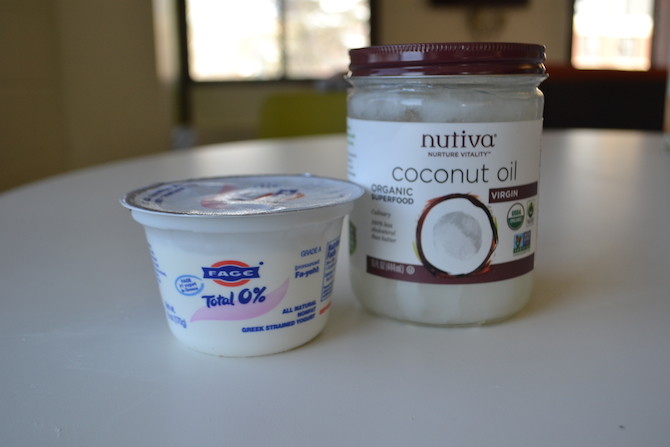
Photo by Ella Rubin
It can be hard to give up the buttery goodness of cakes and cookies, but when you stop to consider how much saturated fat butter adds to a recipe, you’ll know it’s time to change. While softened butter is a lot trickier to replace, you can easily substitute melted butter with any neutral vegetable oil, such as canola or olive oil, which provide heart-healthy unsaturated fats and keep baked goods moist.
Coconut oil makes another versatile substitute, since you can cream it as a solid but just as easily melt it in the microwave to use as an oil. The same can be said for applesauce and Greek yogurt (but I would try not to eliminate all the oils in a recipe for fat-free ingredients–they might be able to salvage the moistness of a baked good, but they won’t replace that same mouthfeel you would experience from regular-fat desserts).
3. Get Sugar-Smart
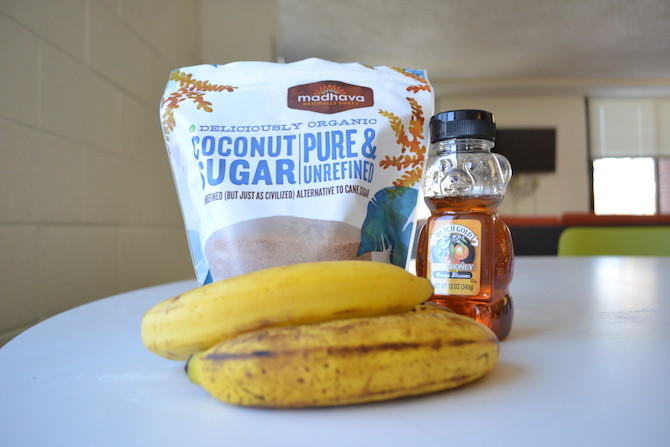
Photo by Ella Rubin
Sugar is obviously an essential ingredient to any dessert – the only problem is that recipes call for wayyy too much. Start off by cutting down the sugar (¼ cup at a time) and notice how it affects the finished baked good. You’ll be surprised to find that in most cases, you won’t even be able to detect the difference.
You can also switch over to more natural sources of sweetness such as honey, pureed fruit or raw turbinado sugar, as opposed to heavily-processed sugars. While you can also find lower-calorie sugar-alternative baking blends like Splenda and stevia, they tend to lend a nasty aftertaste to the finished product.
4. Go Vegan
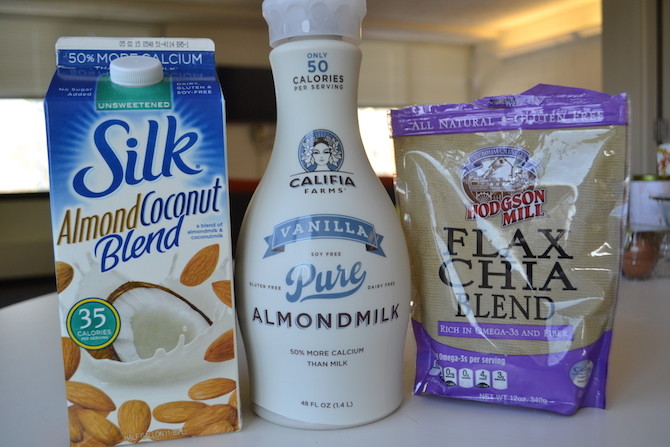
Photo by Ella Rubin
Just because something’s vegan doesn’t mean it’s less delicious. In fact, some vegan recipes can taste just as good as (if not better than) non-vegan desserts. Try these substitutions: flax seed eggs for chicken eggs; coconut, almond or any non-dairy milk for cow’s milk; and agave or maple syrup for honey.
5. Spice It Up
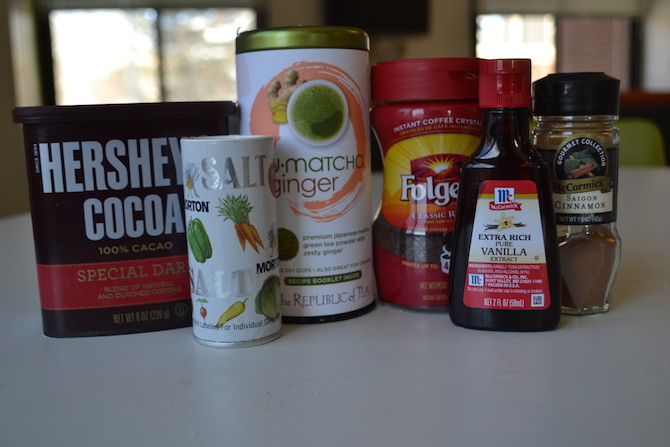
Photo by Ella Rubin
Spices and extracts can turn a good recipe into a great one by adding in flavor without all the extra calories. You should definitely have these staples on hand: vanilla extract, cinnamon, cocoa powder and salt, but feel free to get creative with other ingredients like instant coffee mix, matcha powder and even butter extract.
6. Sneak In Healthy Add-Ins
Foods like chia seeds, flax seeds, nuts and dried fruits can help boost the nutritional value of a baked good without significantly affecting its taste or texture. Personally though, I love adding shredded vegetables like zucchini and carrots in my breads and cakes. It might sound weird at first, but they provide more fiber and make the dessert even more moist.
P.s. Look at this gorgeous pumpkin bread–could you have guessed it is made with whole wheat flour, honey, and coconut oil?
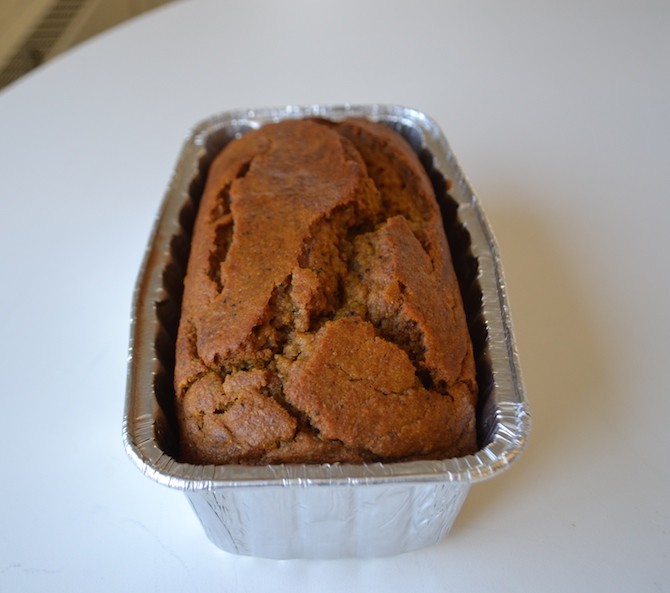
Photo by Ella Rubin


